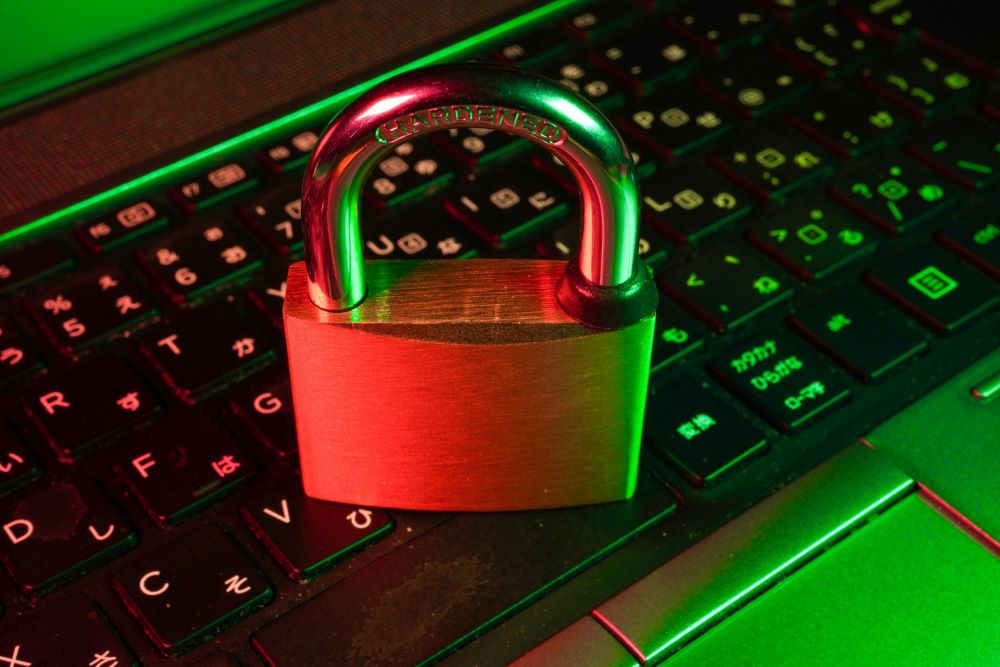Table of Contents
ToggleIn today’s digital age, the threat landscape is continually evolving, with cyberattacks becoming more sophisticated and frequent. Cyber risk mitigation has therefore become a crucial aspect of business strategy, aiming to protect sensitive data, maintain customer trust, and ensure regulatory compliance. Let’s delve into the importance of cyber risk mitigation, outline effective strategies, and highlight best practices to safeguard your organisation against cyber threats.
Understanding Cyber Risk Mitigation
Cyber risk mitigation involves identifying, assessing, and implementing measures to reduce the impact of cyber threats on an organisation. This proactive approach aims to protect information systems, networks, and data from unauthorised access, attacks, and breaches. Effective cyber risk mitigation not only safeguards business operations but also enhances resilience and trust in the digital ecosystem.
Why Cyber Risk Mitigation is Crucial
Cyber risks are on the rise. The Anti-Phishing Working Group (APWG) recorded 1,077,501 phishing cases in just the fourth quarter of 2023 alone. This shows how crucial it is to implement cybersecurity protocols.
Protection of Sensitive Data
Cyber risk mitigation ensures the confidentiality, integrity, and availability of sensitive data. This includes personal information, financial records, intellectual property, and proprietary business information. A breach of such data can lead to severe financial losses and reputational damage.
Regulatory Compliance
Many industries are subject to stringent regulatory requirements regarding data protection and cybersecurity. Non-compliance can result in hefty fines, legal penalties, and loss of business. Effective risk mitigation helps organisations stay compliant with regulations such as GDPR, HIPAA, and CCPA.
Business Continuity
Cyberattacks can disrupt business operations, leading to downtime, lost revenue, and damaged customer relationships. By implementing robust cyber risk mitigation strategies, organisations can ensure business continuity and minimise the impact of potential cyber incidents.
Trust and Reputation
Maintaining a strong cybersecurity posture builds trust with customers, partners, and stakeholders. Demonstrating a commitment to protecting data and privacy enhances your organisation’s reputation and competitive advantage.

Key Strategies for Cyber Risk Mitigation
Risk Assessment and Management
Conduct regular risk assessments to identify vulnerabilities, potential threats, and the impact of cyber incidents. Use this information to prioritise risks and implement appropriate mitigation measures. Continuous monitoring and review of risk management processes ensure that new threats are promptly addressed.
Read more: Risk Mitigation Strategies for Small Businesses: A Tactical Blueprint
Implement Strong Access Controls
Limit access to sensitive data and systems to only those employees who need it to perform their jobs. Use multi-factor authentication (MFA) and strong, unique passwords to enhance security. Regularly review and update access controls to reflect changes in roles and responsibilities.
Employee Training and Awareness
Human error is a common factor in many cyber incidents. Regularly train employees on cybersecurity best practices, including recognizing phishing emails, using secure passwords, and reporting suspicious activity. Cultivate a culture of security awareness to minimise the risk of accidental breaches.
Use Advanced Security Technologies
Invest in advanced cybersecurity technologies such as firewalls, intrusion detection/prevention systems (IDS/IPS), and endpoint protection. Implement encryption for sensitive data in transit and at rest. Regularly update and patch software to protect against known vulnerabilities.
Incident Response Planning
Develop and maintain an incident response plan to quickly and effectively respond to cyber incidents. This plan should include procedures for detecting, reporting, and recovering from cyberattacks. Regularly test and update the plan to ensure it remains effective.
Data Backup and Recovery
Regularly back up critical data and ensure that backups are stored securely and tested for integrity. Implement a robust disaster recovery plan to restore data and resume operations quickly in the event of a cyber incident.
Third-Party Risk Management
Assess the cybersecurity posture of third-party vendors and partners who have access to your systems and data. Implement contractual requirements for cybersecurity measures and conduct regular audits to ensure compliance.
Best Practices for Ongoing Cyber Risk Mitigation
Regular Security Audits
Conduct regular security audits and vulnerability assessments to identify and address security gaps. Use both internal and external auditors to gain a comprehensive view of your cybersecurity posture.
Continuous Monitoring
Implement continuous monitoring of networks, systems, and applications to detect and respond to threats in real-time. Use security information and event management (SIEM) tools to aggregate and analyse security data from across the organisation.
Engage with Cybersecurity Experts
Stay informed about the latest threats and trends by engaging with cybersecurity experts and industry groups. Participate in information-sharing initiatives to learn from the experiences of other organisations.
Adopt a Zero-Trust Security Model
Implement a zero-trust security model that assumes all users, devices, and network traffic are potentially hostile. This approach requires strict verification and continuous monitoring to ensure that only authorised and verified users can access resources.
Conclusion
Cyber risk mitigation is an ongoing process that requires vigilance, commitment, and continuous improvement. By implementing robust cybersecurity measures, conducting regular risk assessments, and fostering a culture of security awareness, organisations can protect their assets, ensure regulatory compliance, and maintain business continuity. In an increasingly digital world, mastering cyber risk mitigation is not just a strategic advantage—it’s a necessity for survival and success.
Investing in comprehensive cyber risk mitigation strategies will help your organisation stay ahead of cyber threats and secure its place in the digital economy. By taking a proactive approach to cybersecurity, you can safeguard your business, build trust with stakeholders, and drive long-term growth and resilience.
Partnering with an EOR service like Eos is a smart, strategic move. Contact us today and check our services here.
Featured photo by GuerrillaBuzz on Unsplash







